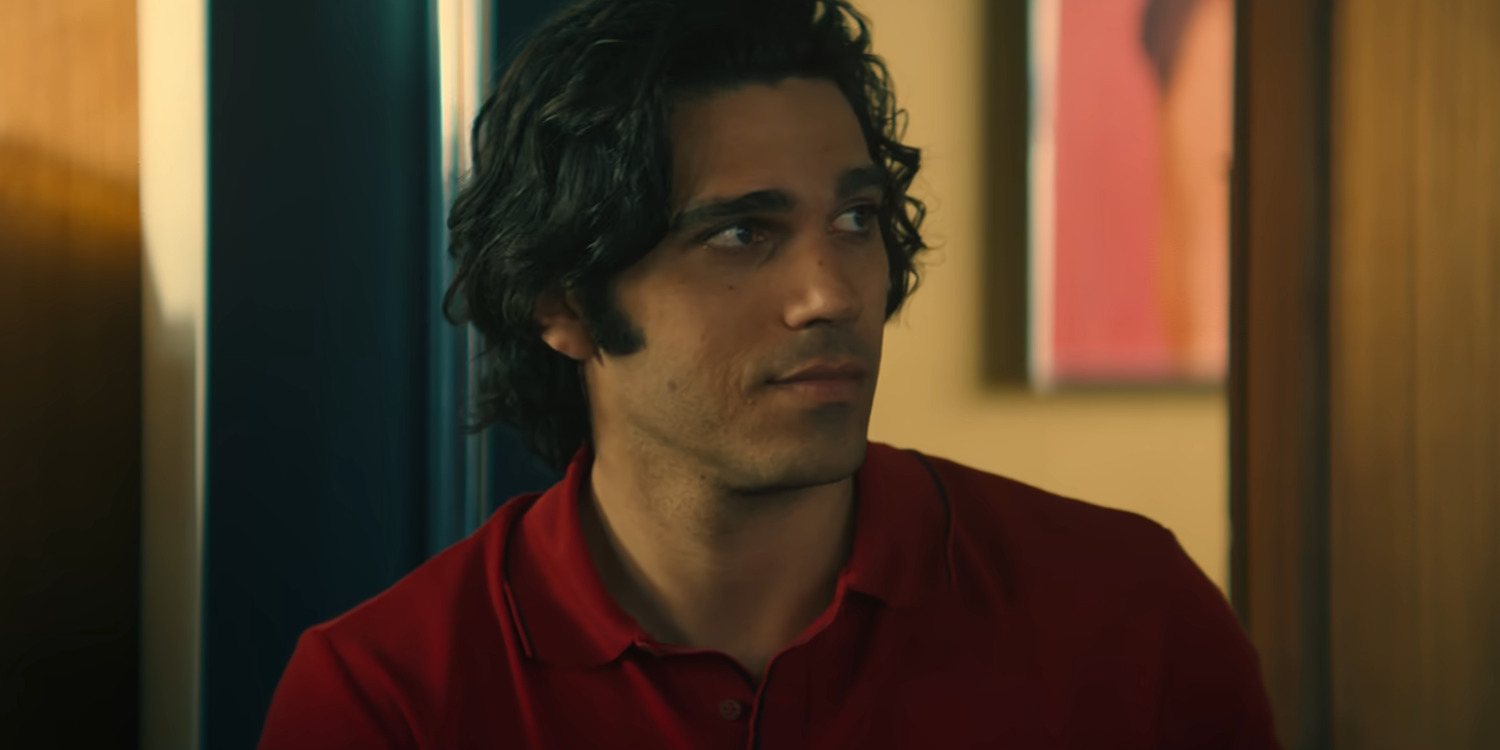‘Mrs Playmen’ is a drama series that delves into the history of erotic magazines in Italy by exploring the life of Adelina Tattilo, a pioneering name in the industry. The series, set in Rome in the 1970s, is partially inspired by the eponymous publisher and journalist’s real life. The narrative revolves around the inner workings of Tattilo Publishing as their Playmen magazine evolves from a general dirty rag to something revolutionary that challenges the conservative notions around sexuality and women’s rights. Luigi Poggi, an ambitious young photographer, is one of the key players in this editorial transition. Over the course of the story, he works on some of the most significant photo shoots that define the Playmen’s meteoric rise in success. Therefore, given the character’s prominent involvement with Playmen, his possible basis in the real-life magazine’s history merits some exploration.
Luigi Poggi’s Fictional Narrative Highlights the Importance of Visionary Photographers at Playmen
Despite its historic roots, ‘Mrs Playmen’ often diverges from reality and dramatizes aspects of the real-life story surrounding the magazine and its founder, Adelina Tattilo. Unsurprisingly, inter-personal character-driven storylines are the most prevalent examples of this fictionalization. Luigi Poggi, the young up-and-coming photographer at Playmen, is one such fictional element in the overarching narrative. In real life, there are no records of a similarly named employee working under the ‘Playmen’ banner. Still, while his characterization remains fictional, the scope of his impact on the magazine is likely inspired by real-life photographers who worked on ‘Playmen’ during the early 70s.

Much like the show, Adelina Tattilo and Saro Balsamo had started ‘Playmen’ together in real life. However, it wasn’t until the latter fled in the face of a ruined estate and a company that was nearing its bitter end that Tattilo arrived at the helm of the publication. Once she took charge of the magazine, she gathered an impressive team of photographers and other creatives who shared her vision for the ‘Playmen.’ As a result, under this new leadership, the magazine started broaching topics that put women in the forefront of their sexualities. As a result, there was a change in the overall quality of publication, from its articles to the erotically charged visual component.
Yet these changes weren’t accomplished under the singular guidance of a fresh and young lead photographer like Luigi Poggi. Even so, his character brings focus to the significant role that a number of real-life photographers and their unique visions might have played in shaping the visual identity of the ‘Playmen’ magazine. Alternatively, his character also serves in a different, more universally relatable purpose. Through Poggi’s character and his relationship with Chartroux, the story emphasizes the reality of LGBTQ+ relationships in Rome in the 1970s. Notably, Tattilo and her publishing house advocated for queer representation in that era. The publisher released Italy’s first gay erotic magazine, ‘Adam,’ which had a bustling 5-year run. Ultimately, despite being a fictional element, Poggi’s presence in the story adds to the narrative and its connection to history.
Read More: Mrs Playmen’s True Story: Is Adelina Tattilo Based on a Real Person? How Did She Die?


